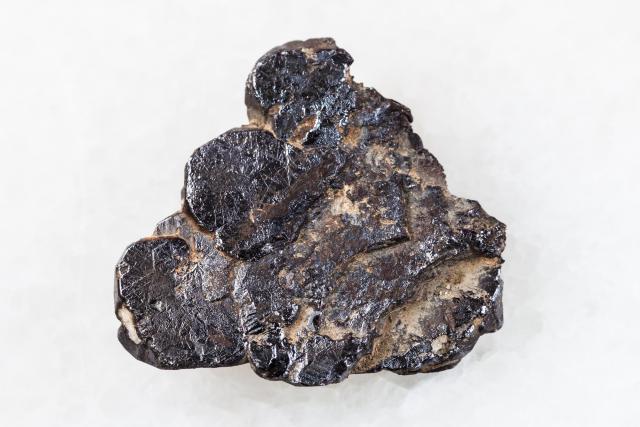
One of the major suppliers of titanium dioxide (TiO₂), a generic substance that has varied uses in many industries, is ilmenite, or iron titanium oxide (FeTiO₃), which is essentially a mineral compound. Ilmenite is significant in terms of providing materials because it is a chief raw material used to obtain titanium metal and titanium dioxide, products that have wide applications in aerospace, automotive, and pigment manufacture among many other industries. For a deeper look at the Ilmenite Industry, including its current trends and forecasts, visit report by coherent market insights.
Ilmenite as a Source of Titanium Dioxide
Ilmenite serves as the base for titanium dioxide, one of the most extensively used white pigments in the world due to its non-toxic properties and brightness and for its opacity. Titanium tetrachloride (TiCl₄) is produced, which is later converted into titanium dioxide, after chlorinating it with chlorine gas in the processing of ilmenite. Premium white pigment so produced is widely used in a variety of paint and coatings in plastics, and culinary as well as in cosmetics.
Aside from its cosmetic usage, titanium dioxide has other importance. Ilmenite-based titanium dioxide is still in huge demand today as firms search for non-toxic, efficient, and lasting ingredients.
Production of Titanium Metal from Ilmenite.
Ilmenite is an important ore for the production of titanium metal, a very valuable metal. It is used for its high strength, low density, and corrosion resistance. The extraction process of titanium metal from ilmenite is relatively more complex and includes advanced processes like the Kroll process that forms titanium sponge, which further can be smelted into a variety of forms, including bars, sheets, and ingots. Its unique properties have made titanium metal ideal for applications where high-performance characteristics are important, especially where corrosion resistance and strength-to-weight ratio are required. For example, titanium is a metal that the aerospace industry heavily uses for aircraft parts, such as turbine engines, airframes, and landing gears.
Aerospace, automotive, and other industrial applications
Aerospace:
This is why extensive usage of the material is experienced in the aerospace industry. Such an alloying of lightweight strength results in titanium using the ilmenite-derived composition for aircraft frames jet engines and other sensitive parts. Since the corrosion resistance is strong, titanium suits parts that must face harsher conditions, too, such as those aircraft traveling at high altitudes and experiencing extremes of temperature in space.
Automotive:
In the automobile industry, titanium is sought after for its strength and high-temperature resistance. Increasingly used in high-performance cars, this metal is applied primarily in exhaust systems, valves, and components of turbochargers where strength and heat resistance come into play. Since automakers are looking for lightweight materials to save fuel, titanium alloys obtained from ilmenite are gaining more attention as substitutes for heavier metals.
Ilmenite is used as an industrial input. For almost all titanium metal and titanium dioxide produced and used by the pigment manufacturing, automotive, and aerospace industries, it is the leading source. Titanium's significance will only increase as the need for high-performance materials rises, assisting sectors that depend on its special qualities to spur innovation and development. Ilmenite is an essential component of industrial manufacturing due to its economic significance in everyday consumer goods including paint, automobile engines, and aircraft components.







